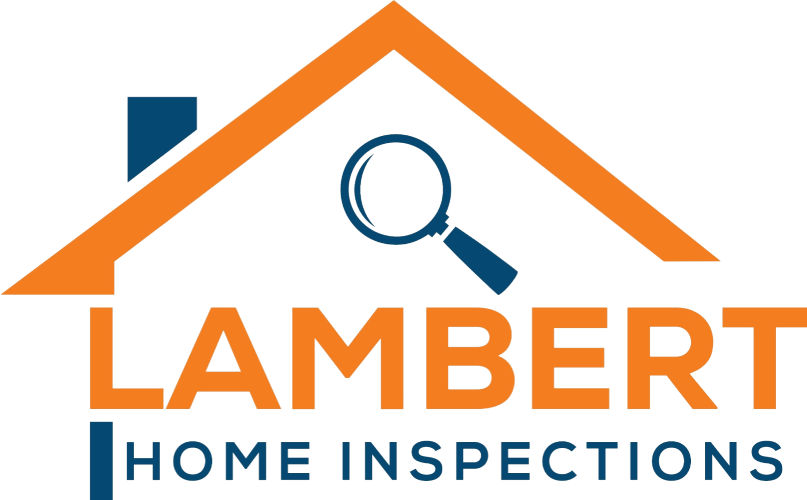What’s Included in a Home Inspection?
A home inspection is a report on the overall condition of a home. The inspection is conducted by a qualified and trained home inspector.
Sometimes, though, a home inspector is confused with a real estate appraiser. But whereas a home inspector determines the structural condition of a home, an appraiser determines a property’s value, explains dawsonpropertymanagement.com.
What a typical home inspection covers is largely dictated by two things. One, the standards set by the state in which the inspector operates in. And two, the associations that the home inspector belongs to.
Broadly speaking, there are two major associations home inspectors in the U.S. belong to. They are the American Society of Home Inspector (ASHI) and the International Association of Certified Home Inspectors (InterNACHI).
Each of the associations has its own Standards of Practice (SOP) that they expect their home inspectors to abide by.
What Does A Home Inspection Process Involve?
A home inspection process involves a lot of things. The following are the areas that most inspectors will cover.
The Home’s Interior
This inspection involves checking for things like:
- Built-in appliances: These include the dishwasher, microwave, and oven.
- Garage: Here, an inspector checks to see whether the garage door and opener operators are working as they should.
- Doors & windows: Similar to the garage door, the inspector checks to see whether all the doors and windows are working as they should. The inspector will also want to check the operation of cabinets and countertops.
- Walls, ceilings & floors: The inspector will also want to check whether there is any warping or sagging of the walls and ceilings. He or she would also want to check the elevation of the floor. Other things the inspector will probably want to check as well include the railings, stairways, and steps.
The Fireplace
Here, the inspector will want to check the operation of dampers, accessories, and components. He or she will also inspect fuel-burning fireplaces, stoves, inserts, chimneys and vent systems.
This section will also generally include checking for evidence of damage or deterioration of chambers or hearth.
The HVAC System
Having no heat in winter or no cool air in summer would definitely make for a miserable time. That’s why a professional home inspector will go to great lengths to verify whether a home’s heating and cooling system is working as it should.
The following are some of the things the inspection will cover:
- Inspection of flues, chimneys and vent systems
- Location and operation of the thermostat
- Description of energy and fuel sources
- Inspection of the HVAC and distribution systems (radiant, ductwork, and so on)
The Plumbing System
No homeowner wants to buy a house just to turn around and start dumping money into fixing a damaged plumbing system.
That’s why a professional home inspector will make sure to:
- Test drain pumps and waste lines
- Test the operation and functional flow of fixtures and faucets
- Locate the main water & fuel supply shut-off valves
- Check the energy source and condition of the water heater
The Electrical System
The home inspector will conduct a thorough examination of a home’s entire electrical system, ensuring all systems and components meet all the legal safety standards.
The inspector will:
- Inspect the GFCI (Ground Fault Circuit Interrupters) system.
- Verify the operation of a representative number of receptacles, fixtures, and switches.
- Inspect all technical aspects. These include the electric meter, over-current protection devices, grounding, disconnects, cables, entrance conductors, service drops, etc.
- Check the functioning of the alarms & carbon monoxide detectors.
- Check the wiring method, amperage rating, and main sub-panels.
The Attic, Insulation & Ventilation
First and foremost, this inspection is subject to the inspector’s access to the attic space.
This section generally includes checking:
- Ventilation of unfinished spaces
- Ventilation of the kitchen, bathroom, and laundry
- For evidence of water intrusion
- Presence of attic insulation and approximate depth (R-value)
The Roof
Inspecting the roof helps homeowners identify the strengths, weaknesses, and condition of the roof.
The following are some of the things a typical inspector will look for:
- Masses of moss and lichen, which could signal the roof is decaying underneath.
- Missing or damaged chimney cap.
- Cracked and worn rubber boots around vent pipes.
- Missing or broken shingles.
- Shingles that are buckling, curling, or blistering
Gutters & Downspouts
Also, as part of the roof portion, home inspectors are required to inspect gutters and downspouts as well.
Here, a professional inspector will want to look whether:
- The guttering system is sized adequately to prevent runoff
- The gutters are free of holes, cracks, and rust
- Downspouts are diverting water a safe distance away from the home’s foundation
- Whether there is leakage in joints
The Home Foundation
Here, the inspector will look for things like:
- Foundation cracks
- Foundation upheaval
- Foundation settling
- Uneven flooring
- Cabinets separating from the wall
Buying a home is a major financial and emotional undertaking. It’s no wonder then that most potential home buyers require a home inspection as part of the purchase contract.




